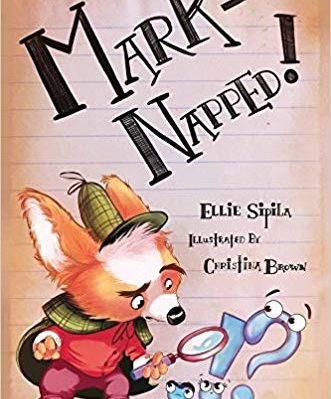
To say that Elizabeth “Ellie” Sipila is just a “writer” would be like labeling Emeril Lagasse as merely a “cook”. Like a master chef, Sipila wears many hats: debut author, small press publisher, book designer, freelance editor, and more (http://www.movetothewrite.com).
Her debut novel Mark-Napped!, out this month from Pelican Publishing (the first in a series for ages 7-12) began as a school assignment, leading her to pitch it in a Twitter party, which culminated in a contract. A member of the Editors Association of Canada, SCBWI, and a self-admitted lifelong student, Sipila makes her home in Canada with her husband.
PJ McILVAINE: You are multi-talented: not only do you write, offer a variety of freelance editing services, but you’re also the publisher of Common Deer Press. Out of these skills, which one do you enjoy the most? Do you find it easier to work on other people’s material rather than your own?
ELIZABETH SIPILA: In honesty, I don’t do too much editing myself anymore. My preference, as far as book publishing goes, lies heavily in the design and production end of things.
At Common Deer Press, I am the founder, designer, production manager, and managing editor. A dear friend (and long time writing buddy) of mine, Kirsten Marion, joined Common Deer in the fall of 2017 to take over the role of publisher. My strengths are making books. Kirsten’s are selling them. As such, we are a team. There is no one I would trust more.
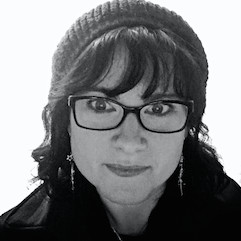 As for writing…like many others reading this interview, I have always dabbled with writing. I blame my grandmother for this—she was a children’s librarian and always kept my brother and me stocked to the gills with books of all sorts. In school I excelled in English and some of the other arts, too. To me, becoming a writer really wasn’t an option. It just was.
As for writing…like many others reading this interview, I have always dabbled with writing. I blame my grandmother for this—she was a children’s librarian and always kept my brother and me stocked to the gills with books of all sorts. In school I excelled in English and some of the other arts, too. To me, becoming a writer really wasn’t an option. It just was.
As for what I love best…do I have to choose? I love everything about books.
Working on the books of other people is a privilege I consider myself lucky to have fallen into. Writing is hard—I appreciate that from both sides of the desk. Working with another person’s art is hard too, just in a different way.
PM: You seem to have a special affinity for kid lit: picture books, middle grade, and young adult. Did you know early on that you wanted to be a writer? How do you juggle your own writing and also being a publisher? Do you find the lines get blurred sometimes?
ES: I actually started off writing dark fantasy for adults. I tend to write short though, meaning my work is often too low in the word count department, and that doesn’t really fly with adults. Still, I kept working away publishing my short stories in various literary publications here and there. As I became more and more comfortable, I discovered that I have a natural humorous tone to my voice. Eventually my voice settled, and I found myself writing for young people without even meaning to. It embraces my particular strengths, and it is what feels most natural to me.
Yes, I knew early on that I wanted to be a writer, though I had few aspirations to be a published writer. I completed my first manuscript when I was about 10 years old—a historical romance, which is a genre I know very little about! When I was in my latter years of secondary school and was able to enroll in creative writing courses, I discovered that, yeah, this writing thing really is for me. The more difficult thing to juggle is being an author and being an editor. Writing came much easier for me before
I went to university to become an editor. Now, I simply cannot turn off my internal editor, and it can be quite stifling. So, for now at least, I have combined the two. Mark-Napped! is a silly illustrated young middle grade book—a mystery about punctuation.
Aside from what I said above about that cursed internal editor that simply will not take a break, I did find it a bit difficult going through the process of design with Pelican. As a book designer myself, I had a very clear idea of how I wanted the book to look. In fact, I had designed a few of the characters for my book, which I used in its submission package. So handing that over to someone else and having them make some decisions that I may not have made (though none of them bad!) was challenging for me. I just had to trust the art director. And I am so glad I did. The book looks incredible.
PM: How did you get the idea for Mark- Napped? How long did the first draft take? How involved were you in the illustration process? What are you hopes and/or goals for the book?
ES: Mark-Napped! was conceived as part of a school assignment when I was completing my specialization in publishing children’s literature. The assignment was to think of a concept for a children’s book that would fill a hole in the market. The class then voted on which ideas were the best and should be developed further (the second part of the assignment). Well, Mark-Napped! won, and that gave me free reign to explore the ridiculous idea of what personalities the various pieces of punctuation might have. My professor, a former children’s book editor at Kids Can Press, contacted me privately and told me she really thought my concept had merit and encouraged me to develop it further outside of school. So I did.
Because it started out as a school project, for which I only had to develop a proposal and the first two or three chapters, it didn’t take me long at all. Maybe two weeks? Later, when I took book design and used the concept again, that professor urged me to develop the rest of the characters and conceptualize what they might look like. That took a bit longer—the artwork. The writing was secondary for that course, so my internal editor was quiet for that. The second half of the book was written within a matter of only one or two days. When that class was through and I was again encouraged after-hours to develop the book further, this time by my design professor, I knew I had something special.
Pelican is a great company to work with. They knew my background—it was in my proposal—so I was allowed to have quite a bit of say over the artwork. They showed me all the concepts and later the sketches for the layout and character design and asked my opinion on everything. I only had a very few suggestions to make— their art department did a great job. I am very happy with the outcome.
Like any author, I hope people read and enjoy the book! It was developed to be used in the classroom, and there is an accompanying (free!!) teachers guide. I hope it helps kids learn about punctuation in a way that is not boring, and is a bit different than your standard memory work. I am hoping kids read it by choice and not because their teacher or parent said they must. And later, when I finish writing the next book in the series (that one’s going to be about math symbols. The one after that, music notes. After that, elements from the periodic table…and who knows after that!), I hope kids are keen to find and read it too.
PM: I understand you don’t have an agent. How easy— or difficult—was it for you to find a home for your book? And since you do have a small press, what was the impetus for looking at other publishers?
ES: I don’t have an agent, but I do know many agents and have dealt with agents more than once. For me, because of my experience with publishing, I didn’t really feel having an agent was necessary. I am very well familiar with contracts and negotiations (until Kirsten joined CDP, I did all the contract and negotiating stuff for the house). I tend to enjoy working with small presses, and many small presses don’t require agents. Mark- Napped! was “liked” during a Twitter pitch party, meaning I pitched it two or three times, and a few agents and presses requested it. I was lucky—my book was picked up straight away after that. Of course, I could have published this book at CDP. But I didn’t want to—mainly, though self-publishing is a whole other topic that we’re not discussing here, I didn’t want to self-publish it. If CDP had published it, basically that’s what I would have been doing. I wanted the experience of working with another house.
PM: They say that writing is rewriting. Do you have any tips or tricks for keeping one’s enthusiasm going while slogging through a first draft?
ES: Ha! I wish I knew! My advice would be to just write it and go back and edit later. Easier said than done! If you’re a plotter, plot. If you’re a pantser, pants. If you work best in a chaotic room, go to a playground, sit on a bench, and write there. If you like quietness, set yourself up in the basement. Stephen King said the worst thing you can do is to make yourself a really pretty office with a beautiful and interesting view…because you will spend all day staring out the window and not writing. Maybe keep that in mind. Oh, and probably shutting off the wifi would help, too.
This is an abridged version of an interview featured in March, 2019’s edition of Children’s Book Insider, the Children’s Writing Monthly
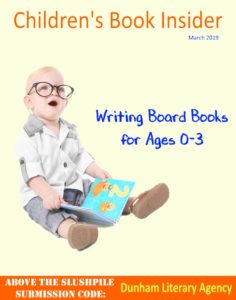
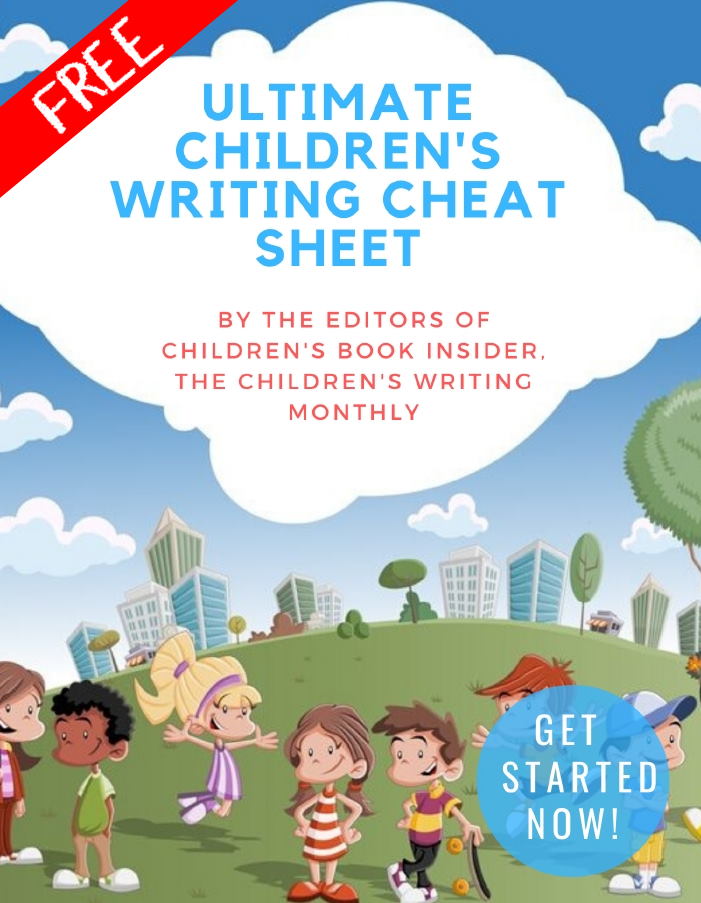
✏ Word Counts & Age Groups for Every Kidlit Category
✏ FAQs, Glossaries and Reading Lists
✏ Category-specific Tips, from Picture Books Through Young Adult Novels
✏ 5 Easy Ways to Improve Your Manuscript
✏ Writing For Magazines …and more!
This is a gift from the editors of Children’s Book Insider, and there’s no cost or obligation of any kind.
We will never spam you or share your personal information with anyone. Promise!
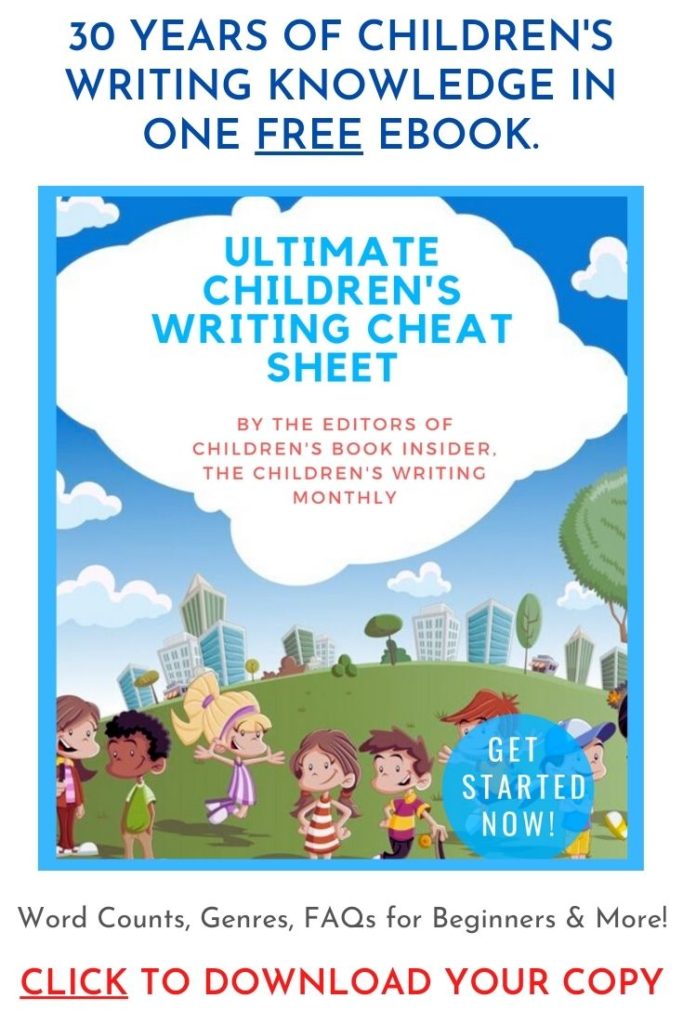
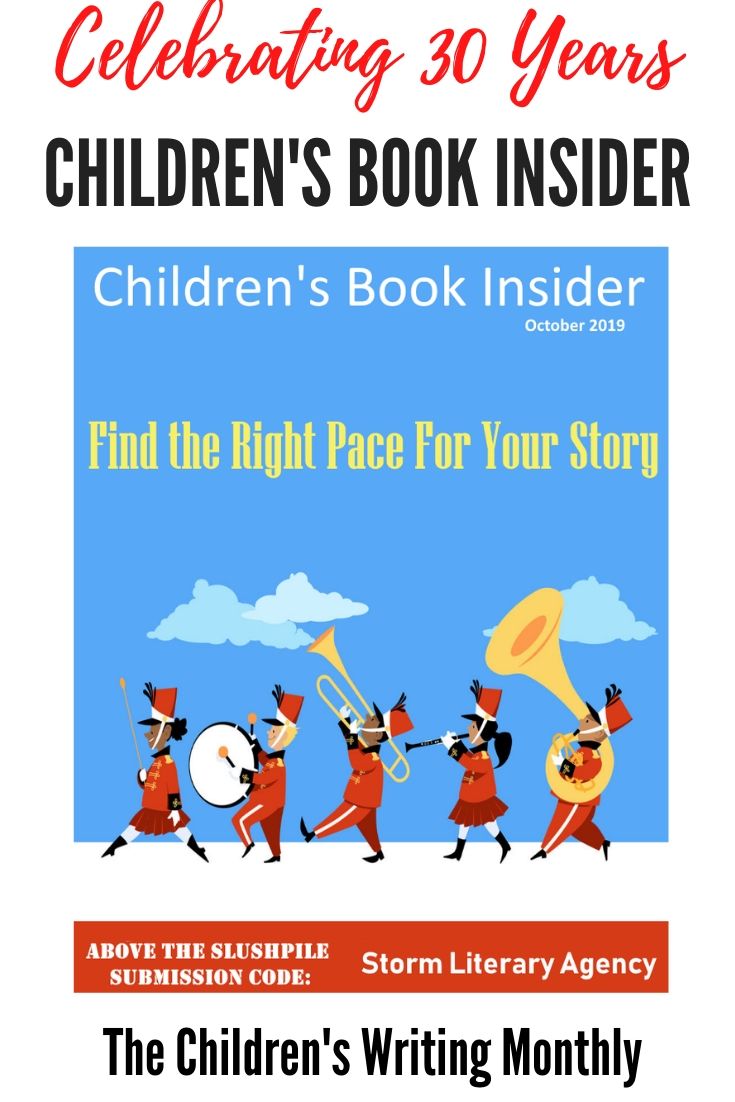
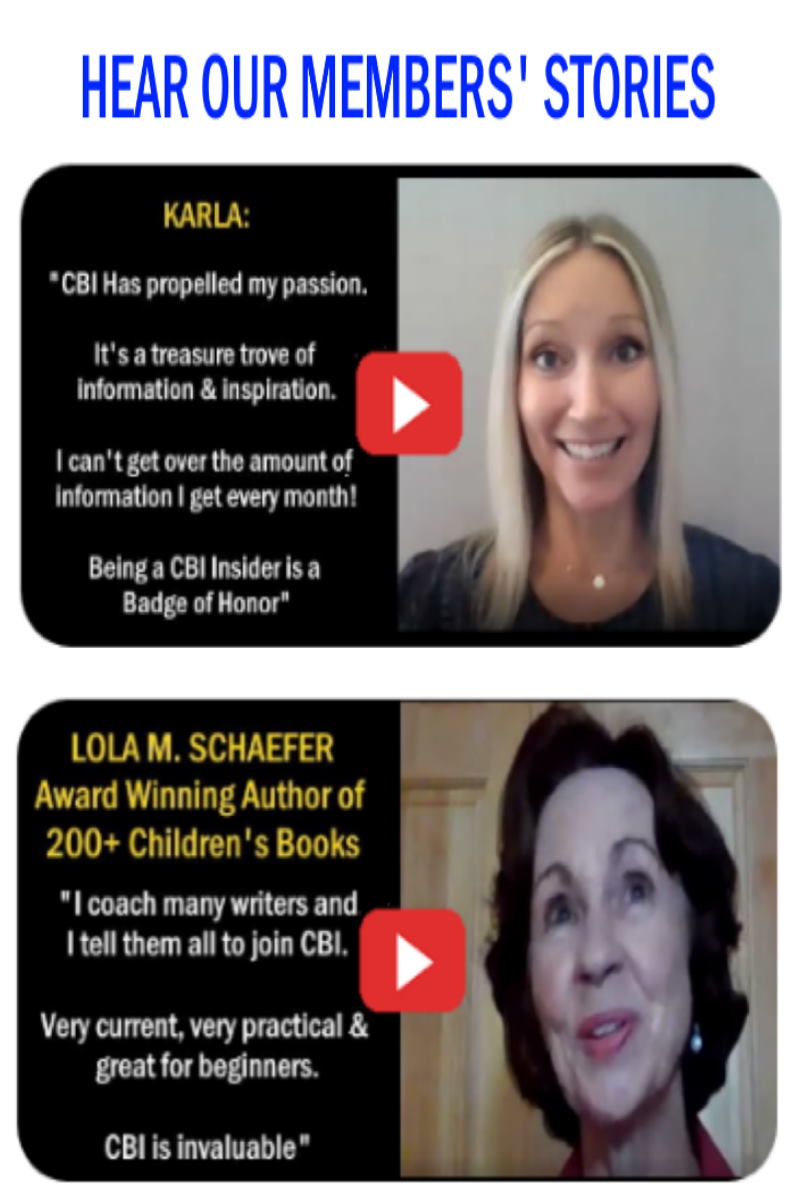
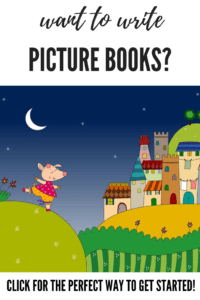


Great interview. I love hearing how stories find their writer.
Great to hear Ellie’s comments and tips! She’s such an accomplished and creative person.